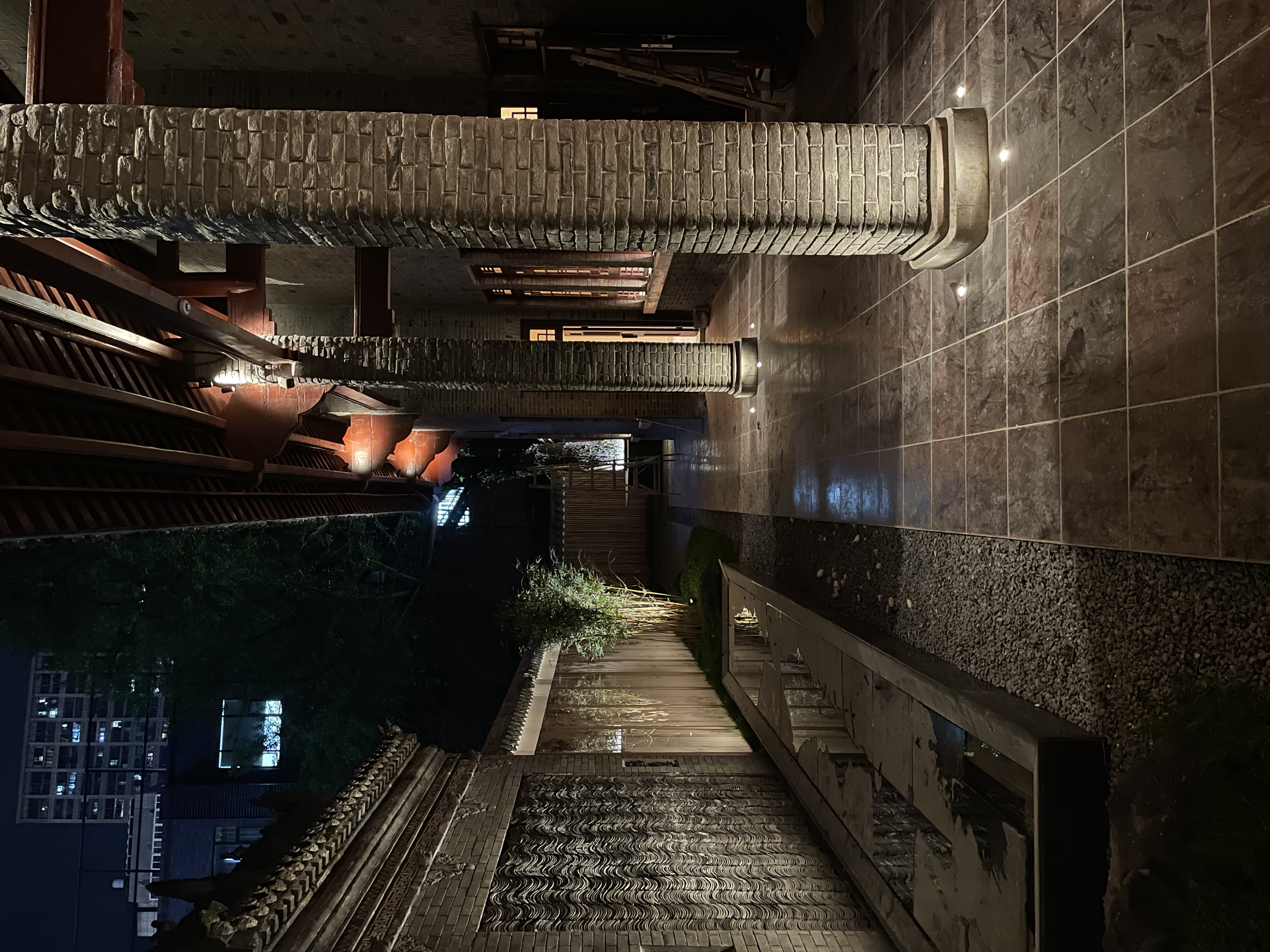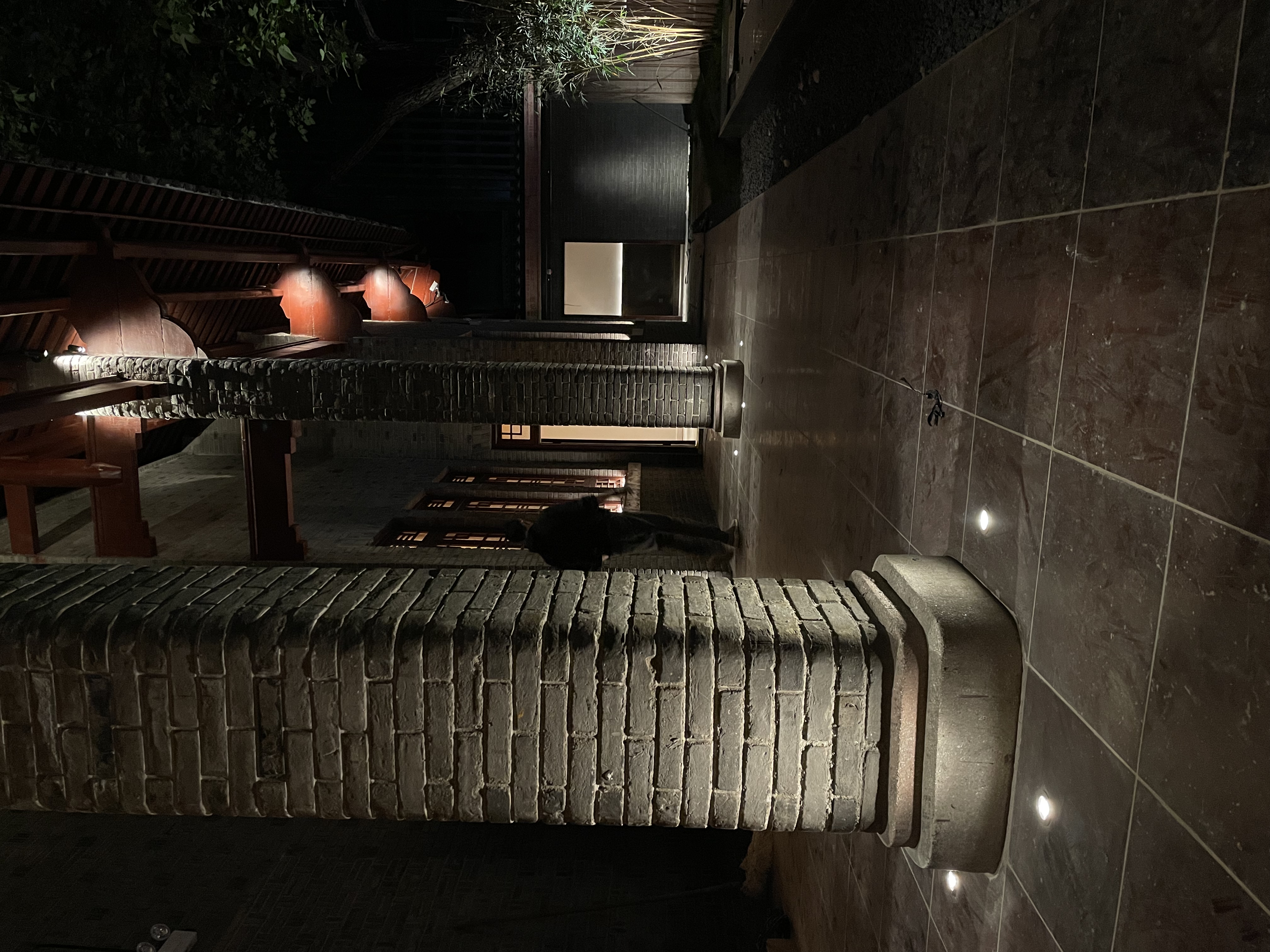The power of underground lights has an important impact on the site. Higher-power underground lights usually produce more intense light and can provide a wider lighting range, making them suitable for use in places that require stronger lighting effects, such as outdoor squares, gardens, or around buildings. Lower power underground lights are suitable for general lighting needs, such as roadside sidewalks, landscape lighting, etc.
In addition, power will also affect the energy consumption and heat generation of underground lights. Higher power in ground lights usually consume more power and generate more heat, requiring better heat dissipation design. Therefore, when choosing underground lights, it is necessary to reasonably select the power size based on actual needs and site environment.


1. Lighting requirements: Different places and applications require different lighting intensities and ranges. For example, a large plaza or parking lot may require higher wattage in ground lights to provide adequate illumination, while a small garden or walkway may only require lower wattage lighting.
2. Energy consumption and cost: Higher power underground lights usually consume more electricity, so when considering lighting needs, energy consumption and usage costs also need to be considered. Choosing the appropriate wattage can meet your lighting needs while minimizing energy consumption and operating costs.
3. Environmental impact: Higher-power underground lights may produce more light pollution, affecting the surrounding environment and wildlife. Therefore, in some environmentally sensitive places, the power of underground lights needs to be carefully selected to reduce the impact on the ecological environment.
In short, choosing the power of underground lights requires comprehensive consideration of factors such as lighting needs, energy consumption costs, and environmental impact to achieve the best lighting effect and sustainable development goals.
Post time: Apr-15-2024




